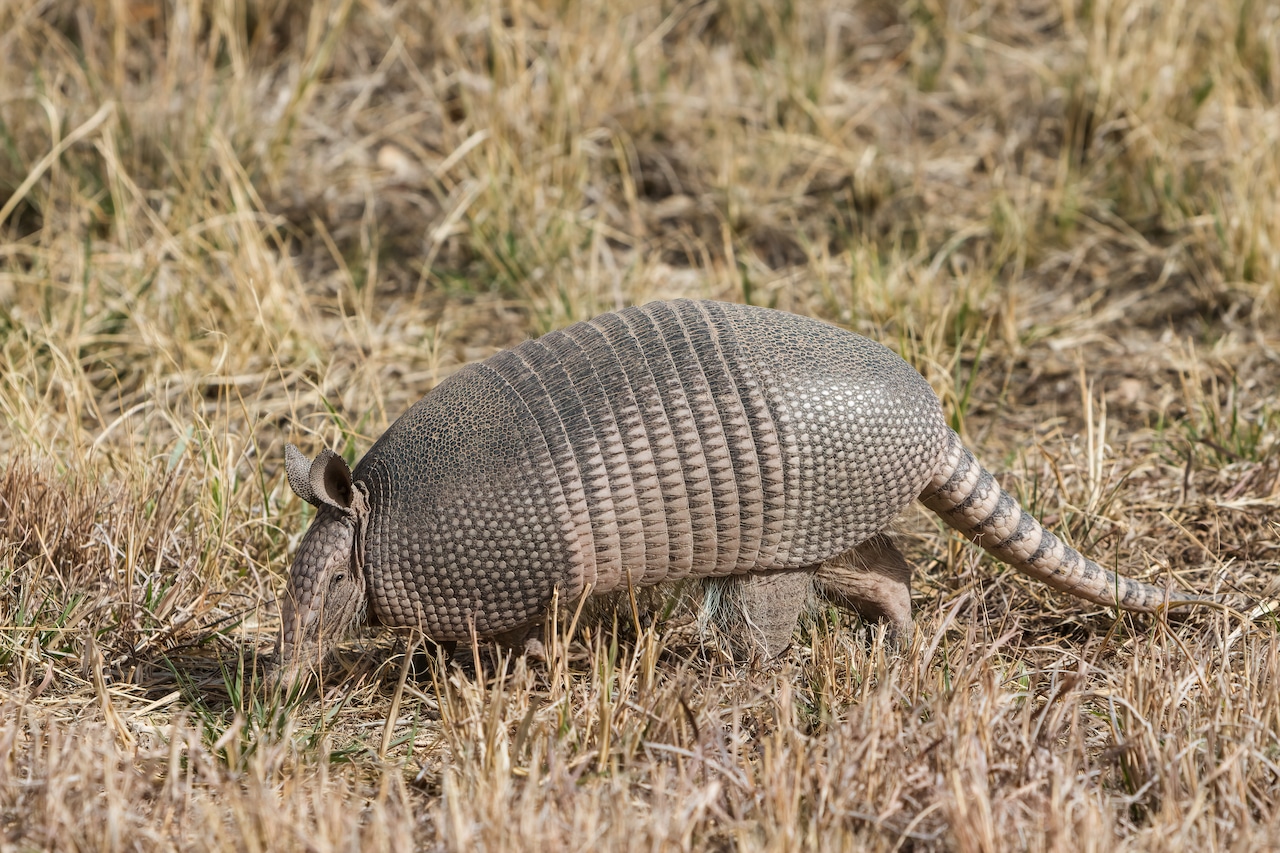Armadillos are moving north, and experts say there’s a chance they could soon become more common in Michigan.
According to a recent study released by the U.S. Geological Survey, the nine-banded armadillo usually found more frequently in the southwestern part of Indiana has been moving north.
The mammal is known for its powerful digging claws and armor-like skin that covers most of its body.
There have been 97 armadillo occurrences in Indiana since 2013 with the northernmost sighting in Porter County about five miles from the Michigan border.
There have also been reports in Steuben County in northeast Indiana and Elkhart County east of South Bend.
“While this was almost certainly a dispersing individual, armadillo occurrences are at densities, indicating establishment as far north as Benton and White Counties along the Wabash and Tippecanoe Rivers,” the study said.
According to the Indiana Department of Natural Resources, the frequency of reports has increased within the past five years. Nearly 80% of armadillo reports have been filed between 2017 and 2021, according to the DNR.
Armadillos are considered established in 17 states including Indiana, Illinois, Missouri and Kentucky.
There have been occasional reports of armadillos in Michigan, Nebraska, Ohio, and Virginia but no evidence of armadillo detections in Minnesota, Wisconsin or West Virginia.
The report says there is evidence to suggest that armadillos are likely about 56 miles away from reaching Ohio and that they are most likely to first reach the southwest corner of the state along either the Whitewater River or Ohio River.
“It will be interesting to monitor when armadillos begin to regularly reach and establish in new states such as Michigan, Wisconsin, and Virginia,” the report said.
Michigan could be reached by armadillos coming north through Indiana or northeast from Illinois, experts say, but the state’s cold and harsh winters are the biggest deterrent to the species survival.
The (armadillo) expansion will be slowed and eventually stopped as they encounter winters with extended periods of sub-freezing temperatures, according to the DNR.
Armadillos have sparse fur, limited body fat, and generally low body temperature making them highly susceptible to hypothermia or starvation during winter months in places like Michigan
Armadillos can survive periods of extreme cold by remaining in their burrows, the DNR said.
If you purchase a product or register for an account through a link on our site, we may receive compensation. By using this site, you consent to our User Agreement and agree that your clicks, interactions, and personal information may be collected, recorded, and/or stored by us and social media and other third-party partners in accordance with our Privacy Policy.
